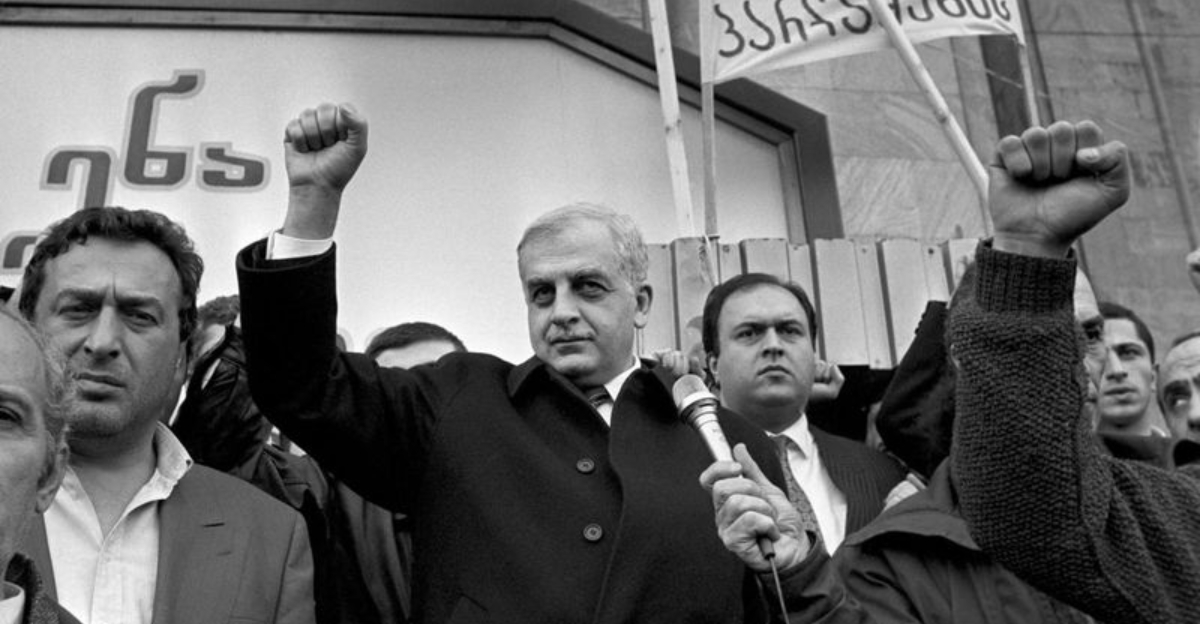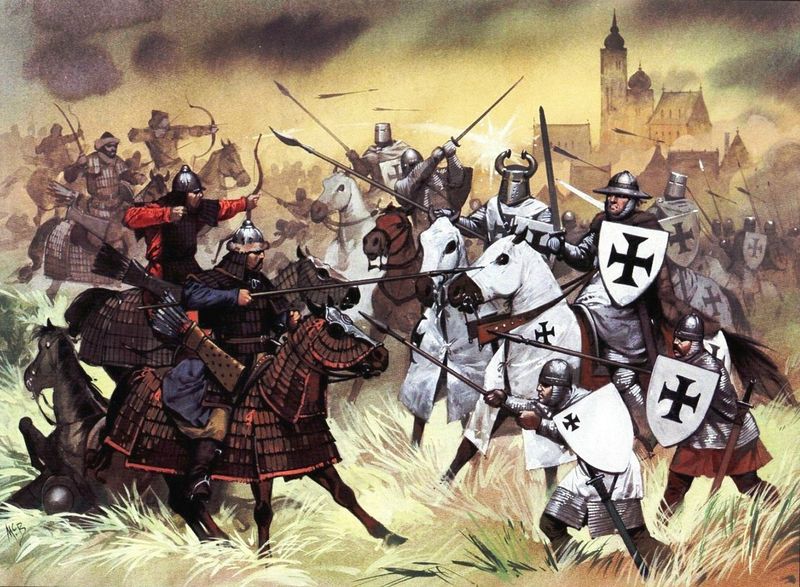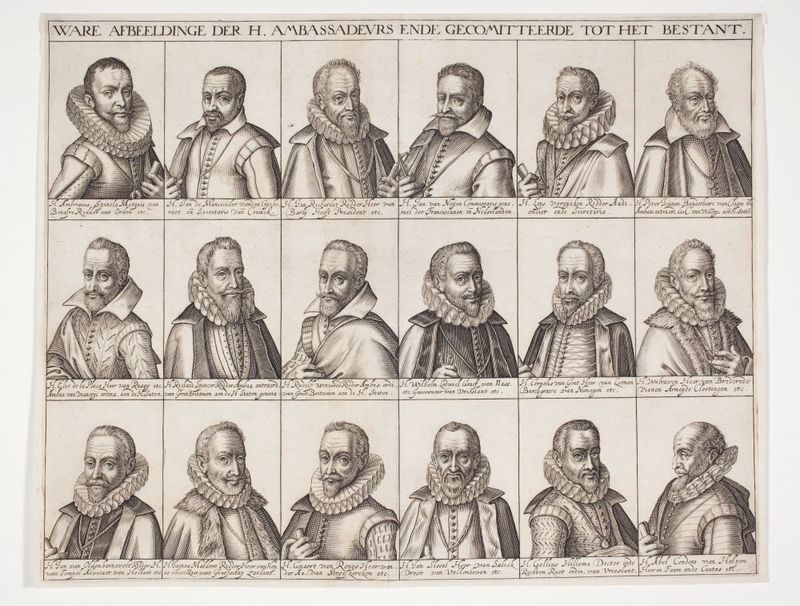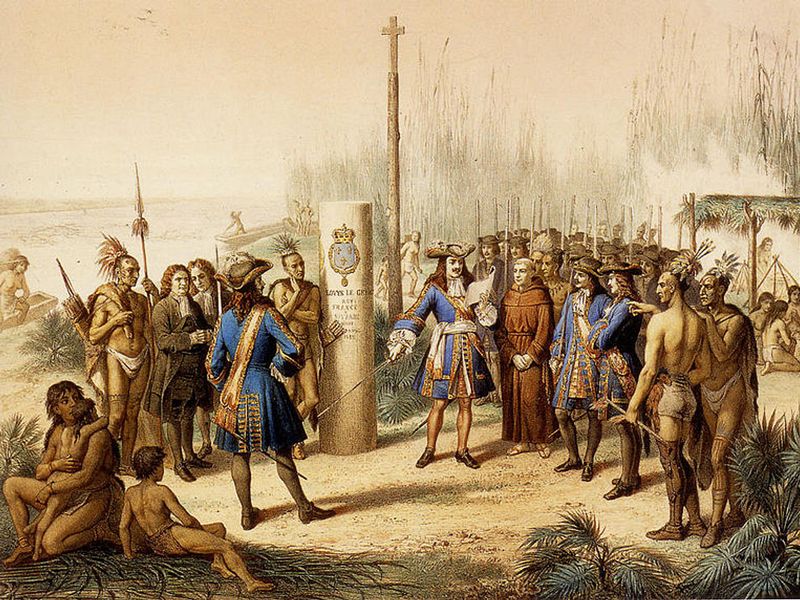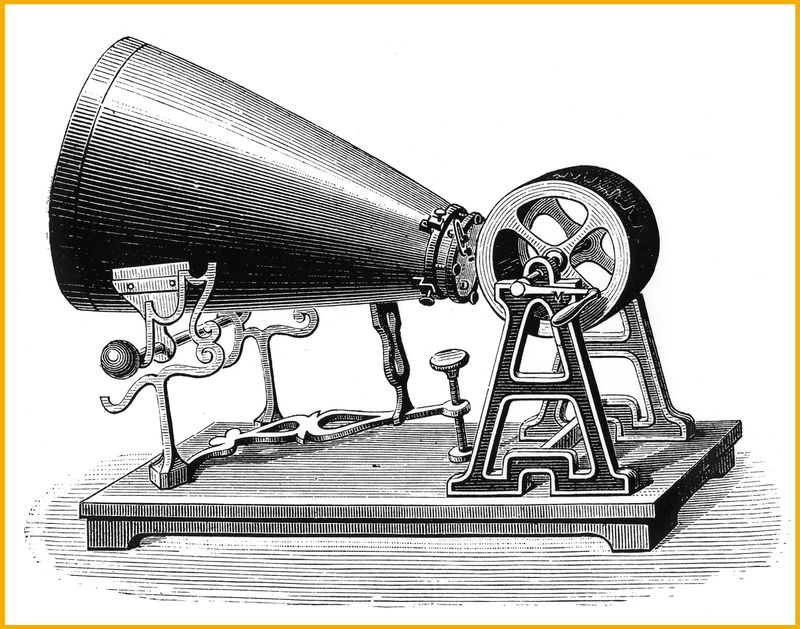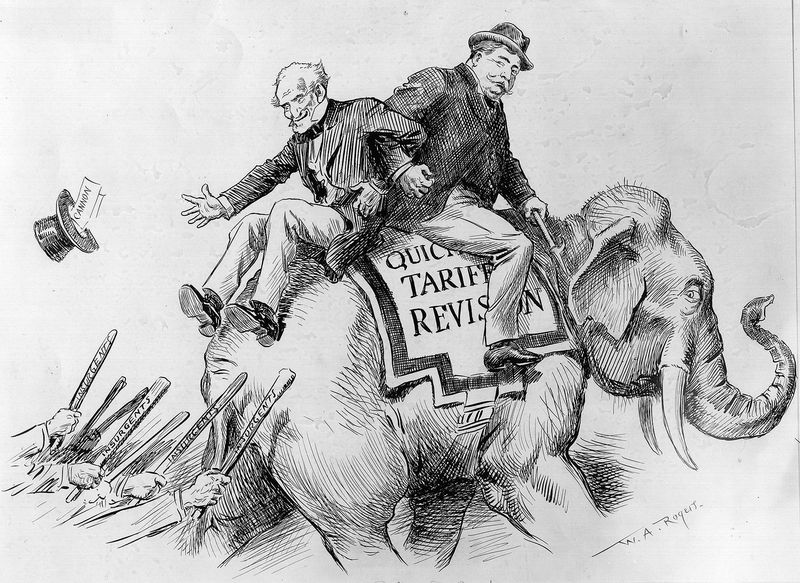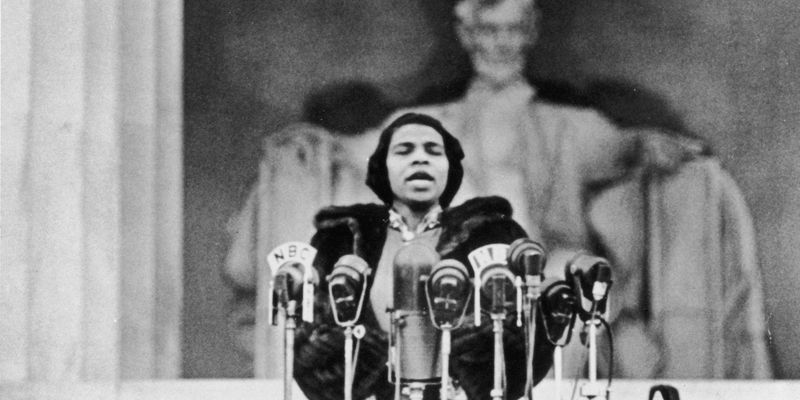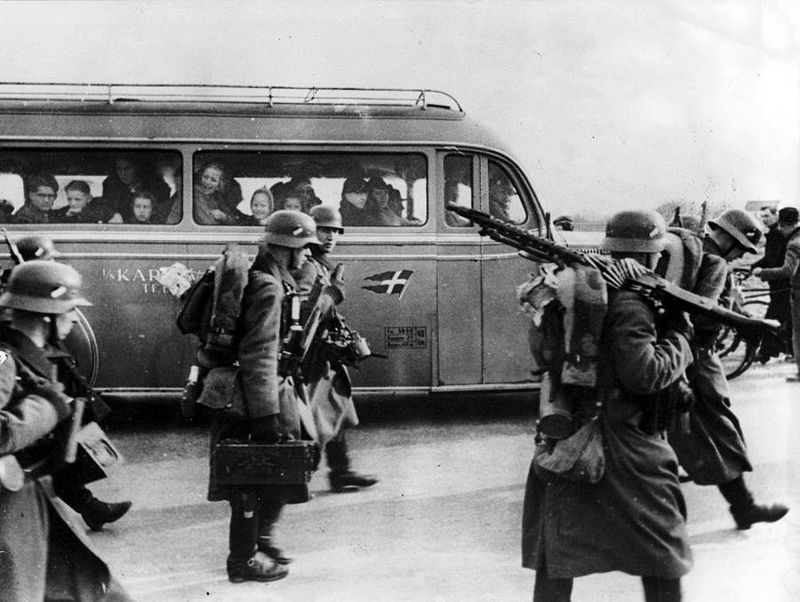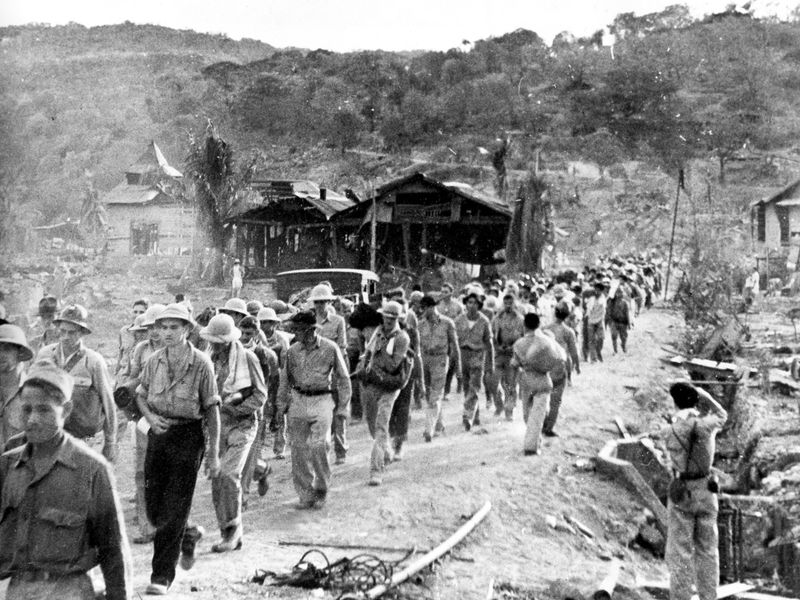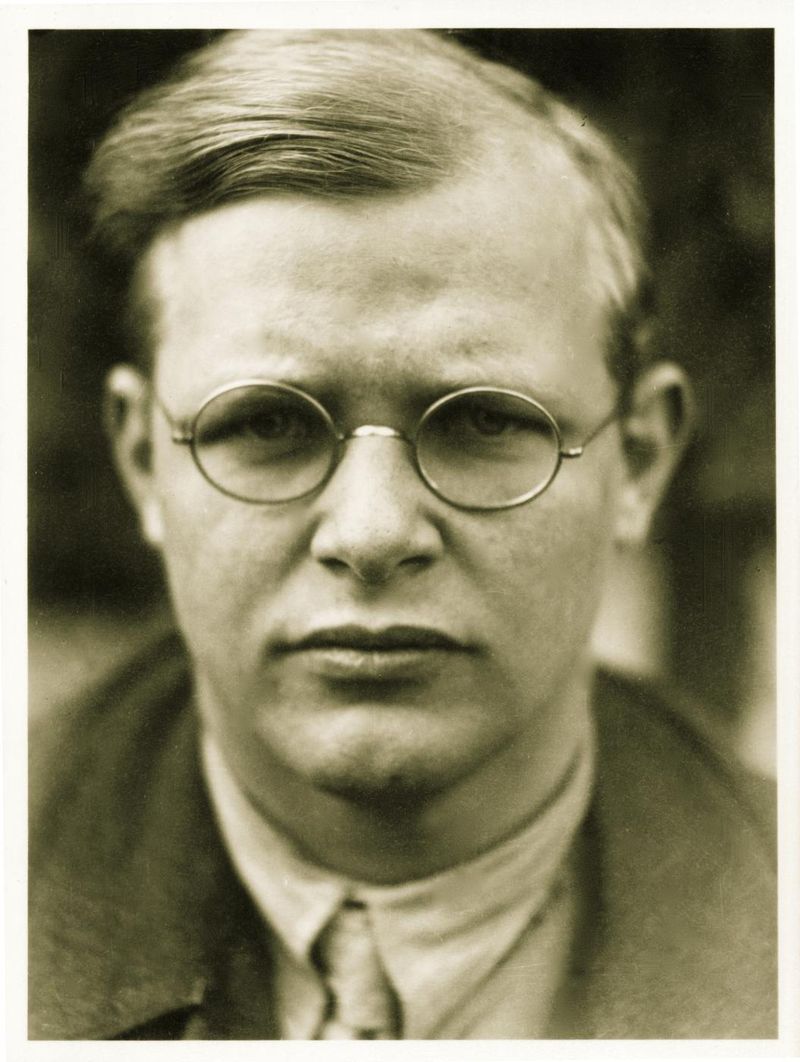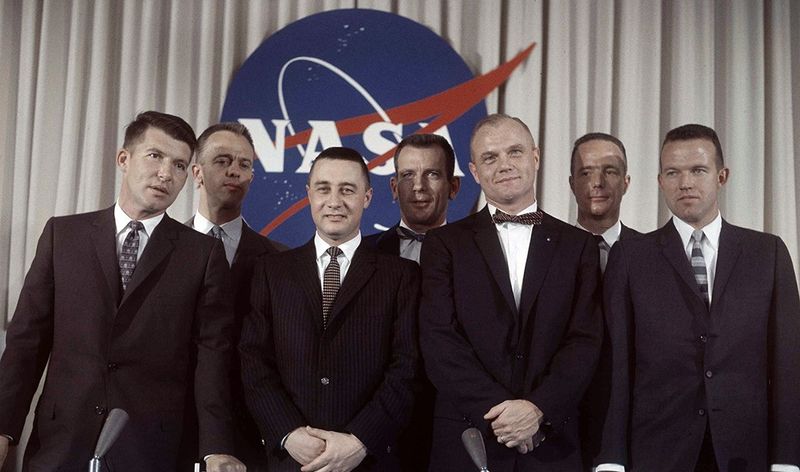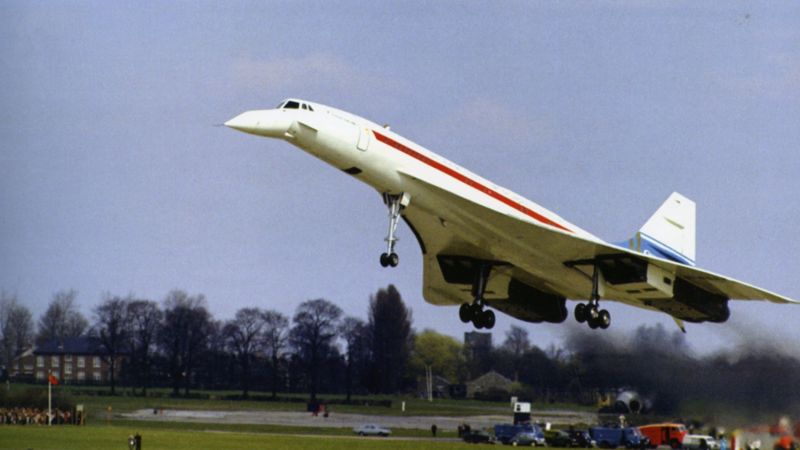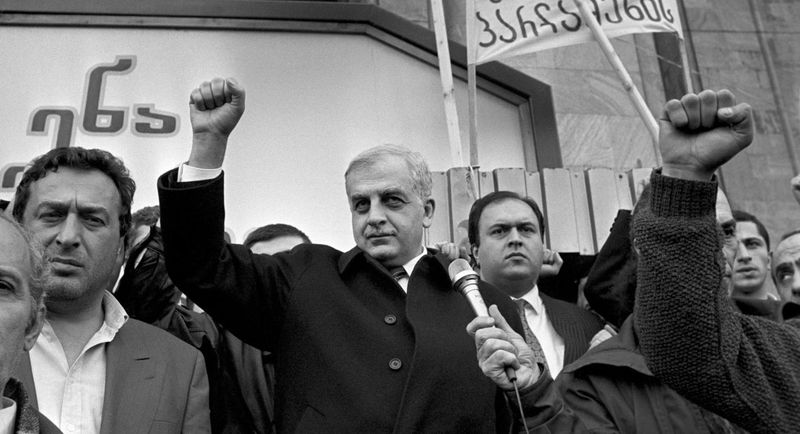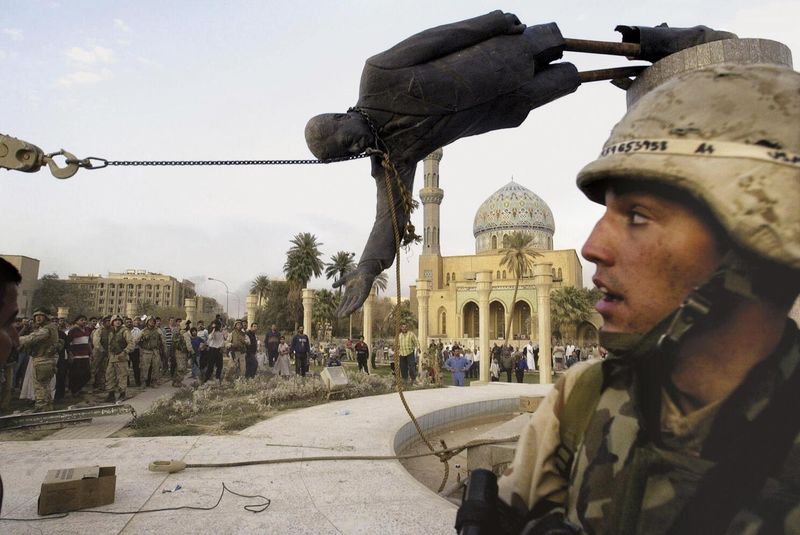April 9th has been a witness to various powerful and transformative events throughout history. From battles and treaties to declarations and milestones, this day has shaped the course of nations and the lives of countless people.
Join us as we explore these significant moments, each leaving a unique mark on the tapestry of time.
1. 1241 – Battle of Liegnitz
The Battle of Liegnitz, a fierce conflict on April 9, 1241, saw Mongol forces defeating a combined Polish and German army. The Mongols, known for their swift and brutal tactics, spread fear across Europe with their unrelenting advances.
As the battle unfolded, the European knights, clad in gleaming armor, faced an enemy unlike any they had seen before. The Mongols’ strategic prowess was evident in their ability to maneuver swiftly, breaking through lines with precision.
This battle was not just a clash of arms but of cultures, leaving a long-lasting impact on European defenses and strategies.
2. 1454 – Treaty of Lodi Signed
On April 9, 1454, the Treaty of Lodi was signed, marking a significant diplomatic achievement in northern Italy. This treaty created a balance of power among the city-states, ensuring peace and stability.
The elegantly dressed envoys, representing rival cities like Milan and Venice, gathered to ink this historic pact. Their signatures on the ornate document symbolized a new era of cooperation.
For nearly 50 years, this balance of power maintained a fragile peace, allowing culture and commerce to flourish amidst the intricate political landscape of Renaissance Italy.
3. 1609 – Spain and the Dutch Republic Sign the Twelve Years’ Truce
In 1609, Spain and the Dutch Republic signed the Twelve Years’ Truce on April 9, temporarily halting the Eighty Years’ War. This truce provided much-needed relief from decades of conflict.
The negotiation table was adorned with maps and documents, where diplomats from both sides worked tirelessly. Their shared goal was clear: a ceasefire that would allow both nations to recover and rebuild.
This reprieve was celebrated with cautious optimism, as weary citizens hoped for lasting peace and the chance to heal wounds inflicted by years of war.
4. 1682 – La Salle Claims Louisiana for France
On April 9, 1682, Robert de La Salle stood at the mouth of the Mississippi River, claiming the vast territory of Louisiana for France. This marked a bold step in French colonial ambitions in the New World.
The explorer was surrounded by fertile landscapes and the promise of untapped resources. With a gesture filled with both hope and assertiveness, La Salle declared this land the property of France.
The claim laid the groundwork for future exploration and settlement, shaping the cultural and economic trajectory of the region for generations to come.
5. 1784 – King George III Ratifies the Treaty of Paris
April 9, 1784, marked a momentous occasion as King George III ratified the Treaty of Paris, officially recognizing American independence. This act concluded the American Revolutionary War, reshaping global politics.
Within the opulent confines of a royal chamber, the king’s signature sealed the end of British rule over the American colonies. His expression bore the weight of a bygone era and the dawn of a new one.
This ratification paved the way for the United States to emerge on the world stage, heralding a new chapter in history.
6. 1860 – First Recording of the Human Voice
In 1860, Édouard-Léon Scott de Martinville achieved a milestone by recording the earliest known human voice on April 9. Using his invention, the phonautograph, he captured a fragment of sound history.
The recording, etched onto a lampblack-coated paper, was a simple rendition of the French folk song “Au Clair de la Lune.” This groundbreaking achievement was a glimpse into the future of sound recording technology.
Scott’s innovation opened the door to the world of audio preservation, forever altering our ability to capture and share human expression.
7. 1865 – General Robert E. Lee Surrenders at Appomattox Court House
On April 9, 1865, General Robert E. Lee surrendered to Union General Ulysses S. Grant at Appomattox Court House, effectively ending the American Civil War.
This pivotal moment ushered in the process of reunification. In a modest Virginia courthouse, Lee’s dignified resignation contrasted with Grant’s respectful acceptance. Their meeting symbolized the beginning of healing for a fractured nation.
This surrender signified not just the end of conflict but the promise of a unified future, as the United States embarked on the challenging path of Reconstruction.
8. 1909 – Payne–Aldrich Tariff Act Passed
The Payne–Aldrich Tariff Act, passed on April 9, 1909, was a significant piece of U.S. legislation that altered import duties, sparking political debate and division.
Within the ornate Senate chamber, spirited discussions unfolded as lawmakers weighed economic protectionism against the potential for foreign trade. The act’s passage was a turning point for American economic policy.
Despite its intention to reduce tariffs, it increased rates on many goods, leading to dissatisfaction and contributing to the Republican Party split in the 1912 election.
9. 1917 – Battle of Vimy Ridge Begins
On April 9, 1917, Canadian troops launched a major assault on Vimy Ridge during World War I, achieving a military victory that became a symbol of national pride.
The battle was characterized by meticulous planning and the innovative use of creeping barrage tactics, allowing Canadian forces to advance and capture key positions.
Their success at Vimy Ridge was not just a strategic win but a defining moment for Canada, highlighting the courage and skill of its soldiers on the global stage.
10. 1939 – Marian Anderson Performs at Lincoln Memorial
Marian Anderson’s iconic concert at the Lincoln Memorial on April 9, 1939, was a powerful moment in civil rights history. Denied access to Constitution Hall due to segregation, Anderson sang before an audience of 75,000.
Her voice soared through the air, reaching hearts and minds, transcending racial barriers. The performance underscored the injustice of segregation and became a catalyst for change.
Anderson’s courage and talent resonated across the nation, amplifying calls for equality and justice, and cementing her legacy as a trailblazer for civil rights.
11. 1940 – Germany Invades Denmark and Norway (Operation Weserübung)
On April 9, 1940, Nazi Germany launched Operation Weserübung, invading Denmark and Norway to secure strategic positions in Scandinavia during World War II.
The blitzkrieg tactics employed by the German forces were swift and overwhelming, catching both nations off guard. The occupation marked a significant expansion of Nazi control.
This move not only altered the course of the war but also had long-lasting impacts on the region, influencing post-war politics and alliances in Scandinavia.
12. 1942 – Battle of Bataan Ends
April 9, 1942, marked the end of the brutal Battle of Bataan, with U.S. and Filipino forces surrendering to Japan in the Philippines. This surrender led to the infamous Bataan Death March.
The soldiers, weary and overwhelmed, faced harsh conditions and an unyielding enemy. Their capitulation was a devastating blow to Allied morale. The subsequent march was marked by inhumanity and suffering, with thousands perishing.
This event highlighted the brutal realities of war and the resilience of those who endured its hardships.
13. 1945 – Dietrich Bonhoeffer Executed by Nazis
On April 9, 1945, Dietrich Bonhoeffer, a valiant German theologian and anti-Nazi resistance member, was executed by the Nazis. His unwavering conviction became a symbol of moral courage.
Bonhoeffer’s opposition to the regime, grounded in his deep faith, led him to participate in plots against Hitler.
Even in captivity, his resolve never wavered. His execution, just weeks before the war’s end, was a tragic loss. Yet, his legacy endures, inspiring generations to stand firm against tyranny and injustice.
14. 1947 – Journey of Reconciliation Begins
The Journey of Reconciliation began on April 9, 1947, marking the first interracial Freedom Ride challenging segregation laws in the American South.
A courageous group of black and white activists boarded buses, determined to test and dismantle Jim Crow laws. Their journey was fraught with hostility but fueled by an unyielding belief in justice.
This pioneering effort laid the groundwork for the 1960s civil rights movement, highlighting the power of peaceful protest and the relentless pursuit of equality.
15. 1959 – NASA Introduces the “Mercury Seven” Astronauts
On April 9, 1959, NASA unveiled the Mercury Seven, America’s first astronauts, igniting the public’s imagination and launching the U.S. into the space race. The seven men, handpicked for their skill and bravery, stood as pioneers of space exploration.
Their mission: to propel the nation beyond the confines of Earth. This announcement marked the beginning of the U.S. manned space program, inspiring generations to look toward the stars and dream of what lay beyond.
16. 1969 – Maiden Flight of British-Built Concorde 002
April 9, 1969, saw the maiden flight of Concorde 002, the British-built supersonic passenger jet, heralding a new era in aviation. With its sleek design and groundbreaking speed, the Concorde captured the imagination of the public.
The test flight was a testament to human ingenuity and technological advancement. This flight not only symbolized progress in commercial aviation but also set the stage for future innovations, challenging what was possible in air travel.
17. 1989 – Tbilisi Massacre
On April 9, 1989, Soviet troops violently dispersed a peaceful pro-independence protest in Tbilisi, Georgia, resulting in the deaths of 20 people. This tragic event became a catalyst for Georgian independence.
The square was filled with protestors demanding political reform and autonomy, their voices unwavering despite looming military presence.
The violent response shocked the world. This massacre intensified the call for freedom, setting the stage for the eventual dissolution of the Soviet Union and Georgia’s path to sovereignty.
18. 1990 – Georgia Declares Independence from the Soviet Union
On April 9, 1990, Georgia made a bold declaration of independence from the Soviet Union, marking a pivotal moment in the nation’s history. The decision came amid the crumbling Soviet empire, as Georgians rallied for freedom and self-determination.
The streets were alive with celebration, the air thick with hope. This declaration was a defining step in the dissolution of the USSR, inspiring other republics to seek their own paths to sovereignty.
19. 2003 – Fall of Baghdad
April 9, 2003, signaled the fall of Baghdad, marking a turning point in the Iraq War. U.S. forces captured the city, leading to the collapse of Saddam Hussein’s regime.
The streets of Baghdad were filled with both chaos and celebration as statues toppled and citizens faced an uncertain future. The images broadcast worldwide became iconic symbols of regime change.
This moment reshaped the political landscape of the Middle East, igniting debates over intervention and the quest for democracy.
20. 2021 – Bago Massacre in Myanmar
The Bago Massacre unfolded on April 9, 2021, when Myanmar’s military forces killed at least 82 civilians during a crackdown on pro-democracy protests.
The city streets, once bustling with life, were shrouded in fear and chaos as armed troops confronted the unarmed protesters. Global condemnation followed, highlighting the brutal repression.
This tragic event drew international attention to Myanmar’s political crisis, underscoring the ongoing struggle for democracy and human rights within the nation.
